Good Connections, A Century of Service by the Men & Women of Southwestern Bell
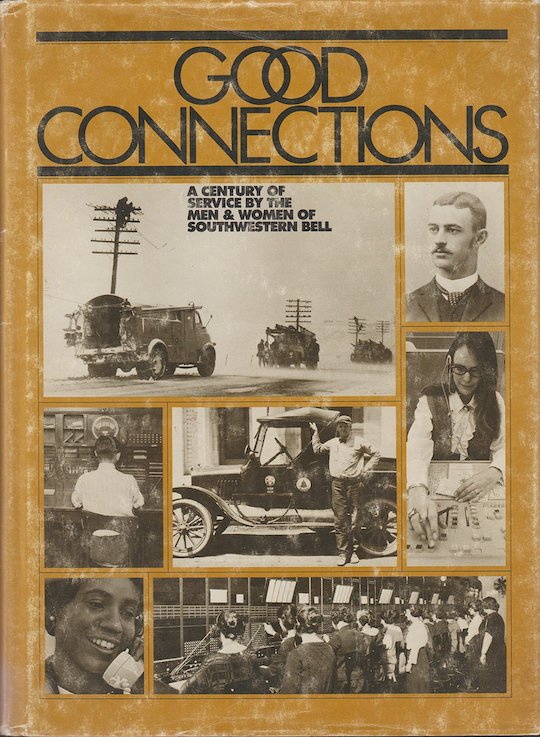 by David G. Park Jr.
by David G. Park Jr.
A true trip back in time—all the way to the dawn of the ability to communicate telephonically—and a celebration and remembrance of some of the men and women who enabled it. Its author, a communications specialist his entire career, saves the dry stuff (i.e. corporate facts, technical explanations, lists of officials and the like) for the twelve appendices and lets the words of the people who made the history tell the story that is generously illustrated making this a genuinely enjoyable book.
To gain a broader understanding, I began with the dry stuff. One of those appendices is a timeline of significant advances in telephony; a reminder of how it has all developed since its 1870 beginnings. Depending upon your own chronological age, do you recall or have experience with a party line? Do you remember when all calls had to be placed by contacting a switchboard operator? Next innovation was an ability to place local calls yourself but toll (do you recall what a toll call was?) and long distance calls required an operator to make the connections. Do you recall once direct dialing became possible, watching your monthly bill closely so that toll and long distance call charges didn’t get out of line?
History teaches—and the kids recite—that Alexander Graham Bell invented the telephone. But hold on. By definition the telephone is a device that enables simultaneous transmission and reception of the human voice. But it took a lot of people and years following Bell’s first “Watson, come here. I need you” to develop and grow his seed of an invention into the mature plant that it is today.
With that “putting things into perspective” out of the way, enjoy the memories and the stories of that development and growth on this book’s pages.
No surprise, some of those stories will elicit a chuckle if not outright laughter. Such a one involves an ill-dispositioned bull who kept shorting out a rural customer’s phone. Another concerns a pneumatic tube used to transfer papers in a carrier throughout the office. If you’re of a certain age, you might recall when large department stores did similarly transfer sales tickets accompanied by customer’s payment to the cashier located elsewhere in the building and change and the ticket marked paid was returned in similar fashion.
The trouble with the one in the telephone office was all the sound deadening felt had worn off one of the cylinders. “You’d hear the thing coming like an express train. As it got closer, you couldn’t carry on a conversation. It would thump through and then you could hear it racing on to its destination.” As this continued for what amounted to years, workers got so used to it, they’d automatically pause, sometimes mid-word. Once the cylinder had passed, they’d calmly pick up right where they left off as though nothing had happened.
Infrastructure had its own challenges as the image immediately below shows. Just look at that maze of lines in 1911 Pratt, Kansas on left and St. Louis in 1894 on right. Imagine the mess when an ice storm hit.
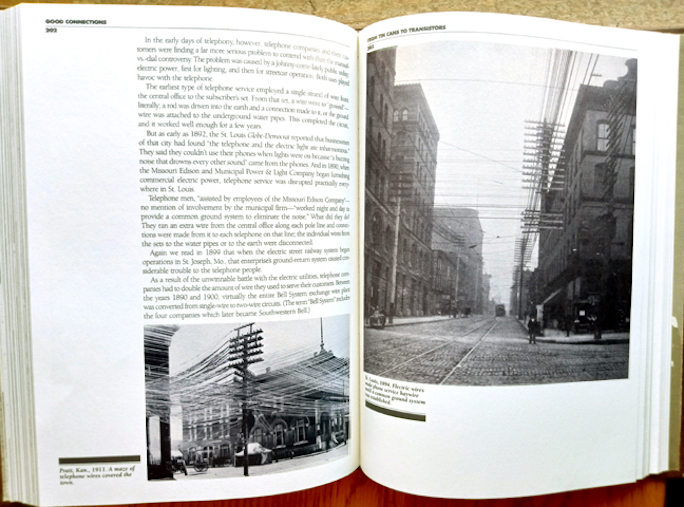
The next image shows the progression of hard-wired telephone instruments. From left to right wall-mounted instrument of1878, free-standing but attached by the heavy cord to its wall-mounted bell box circa 1892. Next a truly free-standing table top telly circa 1919, followed by the incredibly popular model 202, more commonly called The French Model, introduced in 1927. A decade later came the model 302 and, last, came phones in designer colors that arrived in 1954.
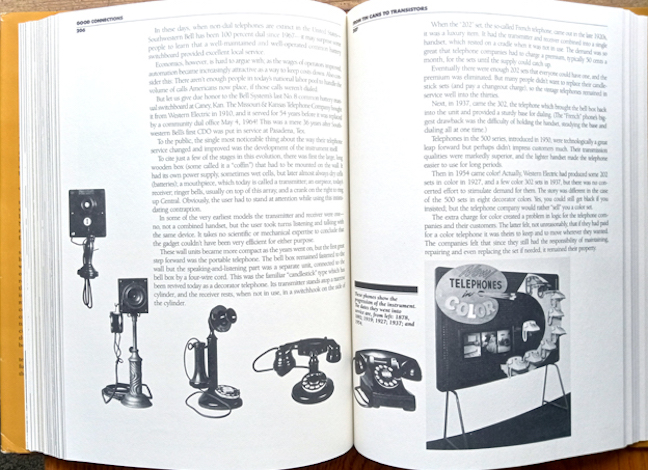
As the caption for this next one says, “Vehicles have always been vital to . . . business and the company tries hard to buy from a wide assortment of suppliers, at the same time making sure the company gets the most value for the dollar. That’s part of being a good corporate citizen.”
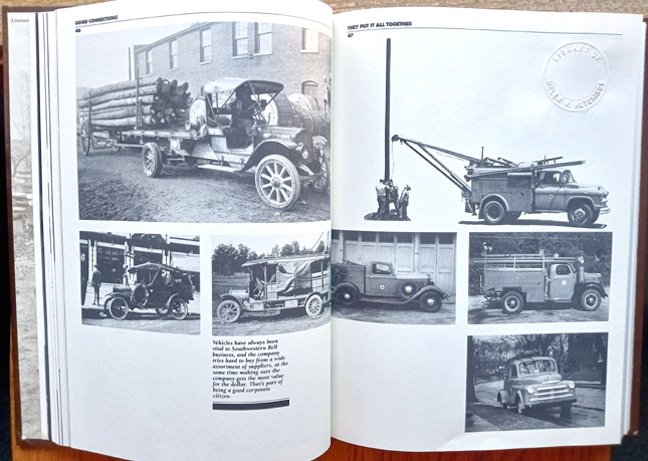
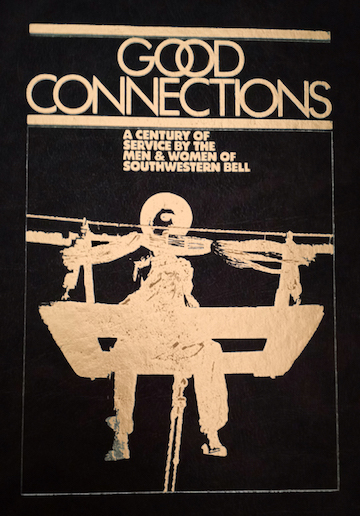 It’s a nicely produced book. Removing the dust jacket reveals the handsome gold foil cover of the hardbound book. It’s a fun, interesting, and relaxing read transporting the reader back to the dawn of telephony up to today with that “today” being the book’s 1984 year-of-publication, a time when cell phones were still over the horizon, but not by much!
It’s a nicely produced book. Removing the dust jacket reveals the handsome gold foil cover of the hardbound book. It’s a fun, interesting, and relaxing read transporting the reader back to the dawn of telephony up to today with that “today” being the book’s 1984 year-of-publication, a time when cell phones were still over the horizon, but not by much!
Copyright 2023 Helen V Hutchings, SAH (speedreaders.info)


 RSS Feed - Comments
RSS Feed - Comments










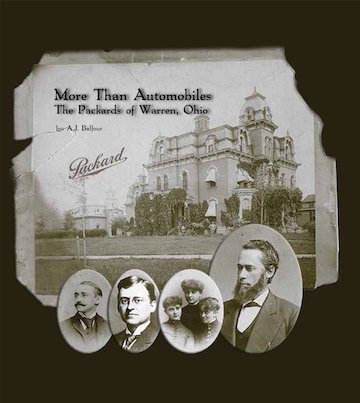



























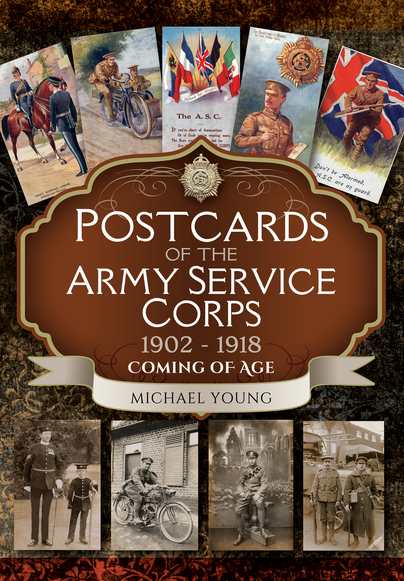






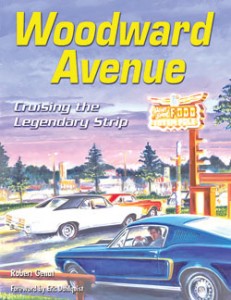








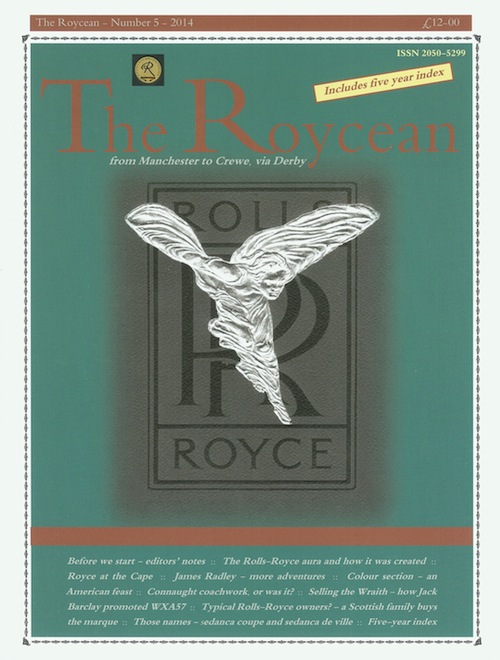


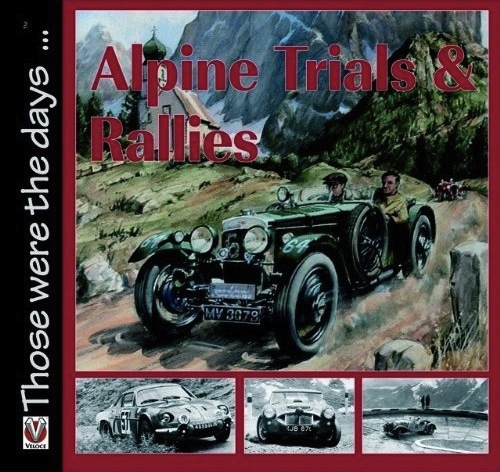







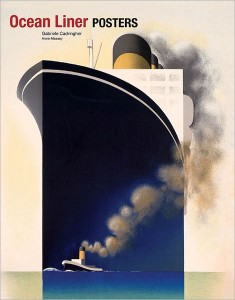

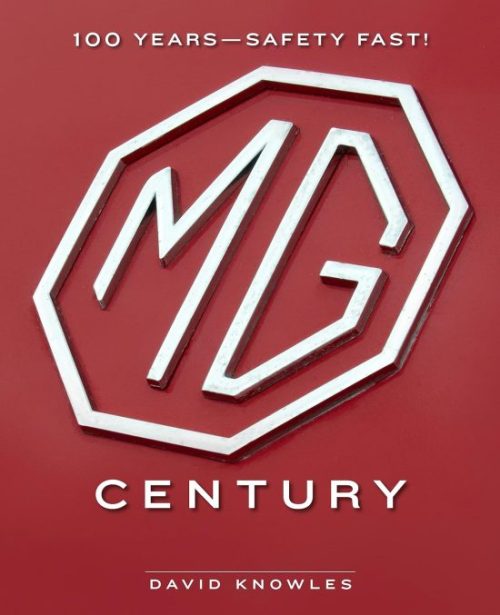
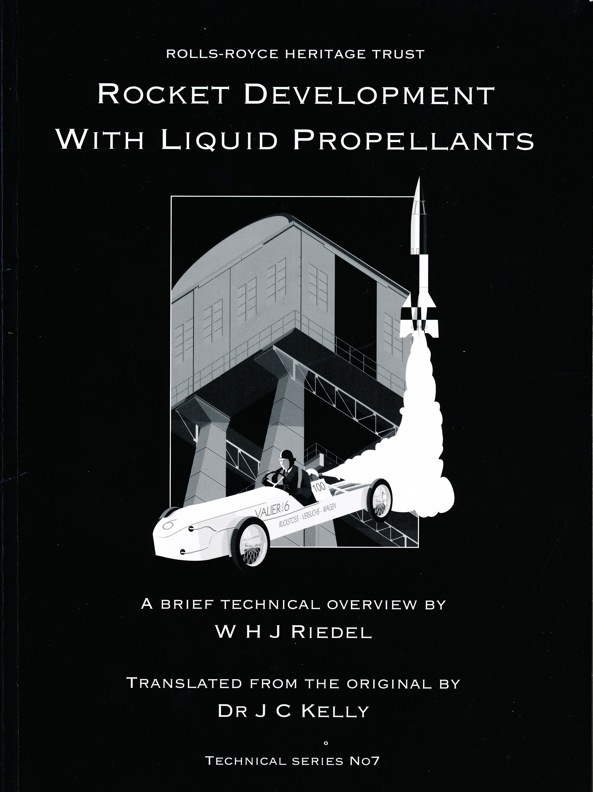

 Phone / Mail / Email
Phone / Mail / Email RSS Feed
RSS Feed Facebook
Facebook Twitter
Twitter